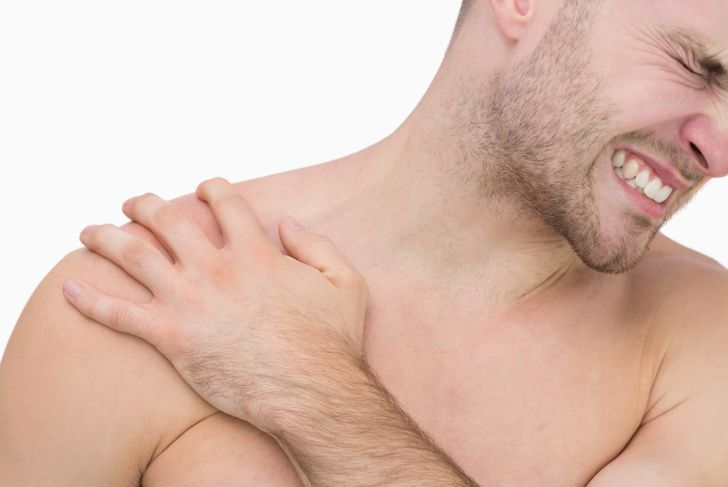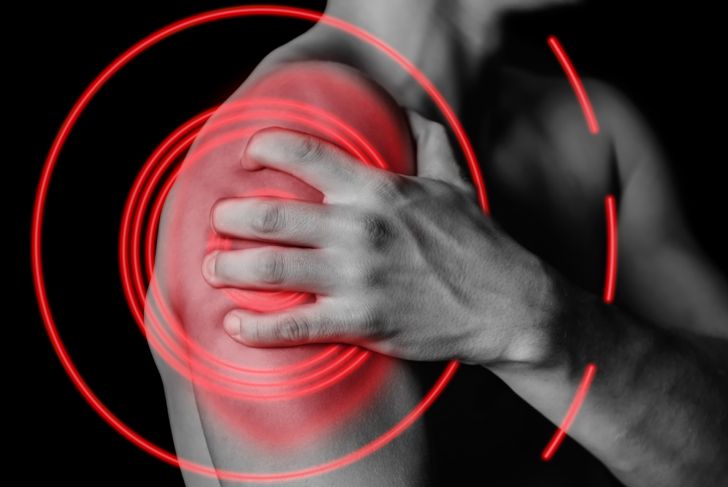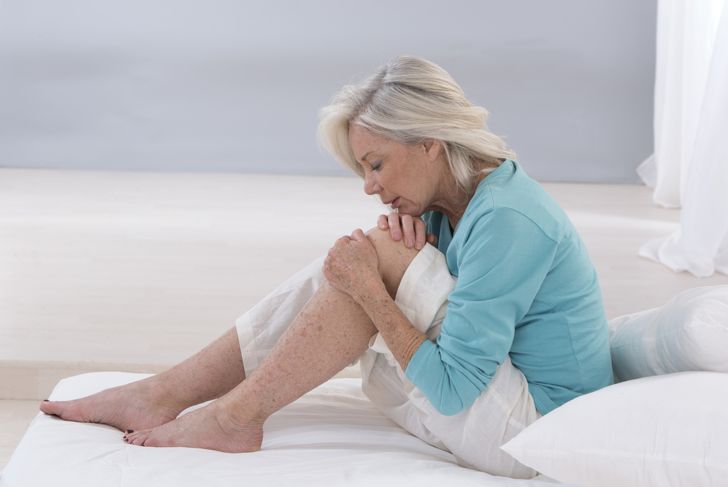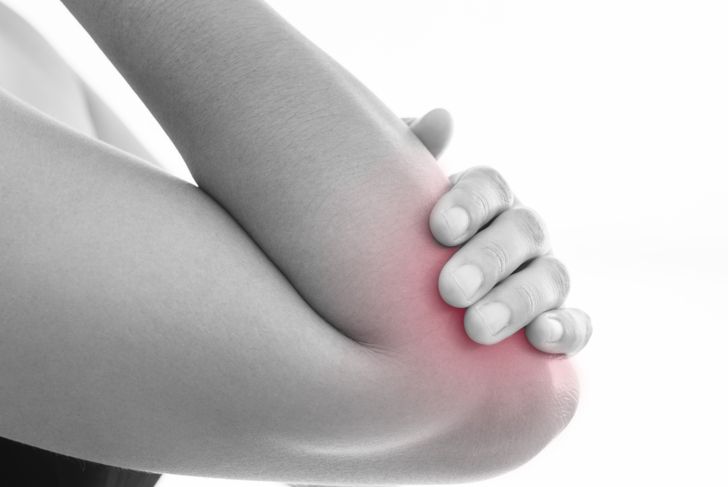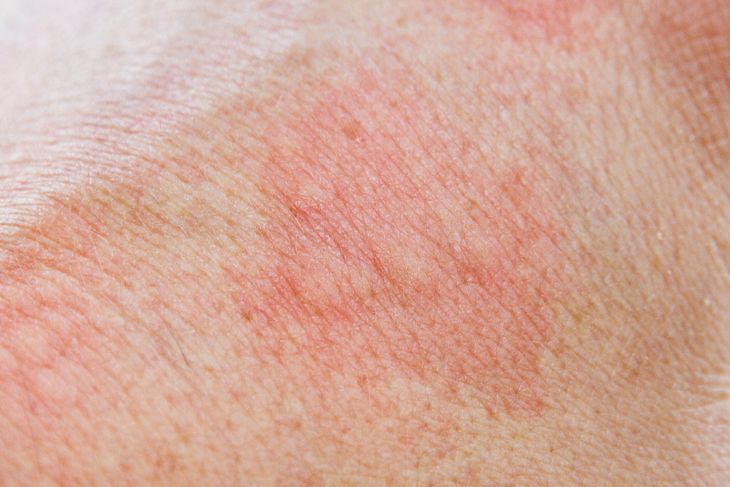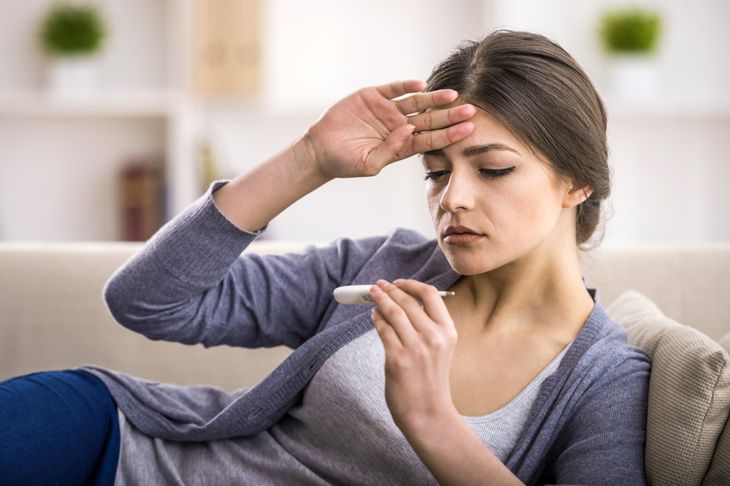Bursitis is a painful condition that involves the inflammation of one or more bursae. The bursae are small sacs of synovial fluid that cushion bones, tendons, and muscles in the joint areas to promote smooth, frictionless movement. Though bursitis is not life-threatening, it causes discomfort and may impede daily functioning. Typical treatment involves resting the affected area, and medication. If the problem becomes severe, surgery may be required. To prevent aggravating the condition, be aware of the following symptoms of bursitis.
Localized Pain
Those with bursitis experience pain in the area of the bursae inflammation. The most common sites for bursitis are the shoulder, hip, and elbow. The knee, heel, and shin may also be affected. The pain is usually a dull ache that gets exacerbated when you exert the related body part. Over-the-counter painkillers can help relieve the pain, typically over the course of a few weeks.
Tenderness
Bursitis also produces tenderness and soreness in most cases. Any friction against the spot may cause discomfort, especially when the hip is affected. The suffering individual may not be able to lie on the side of the tender hip, shoulder, or knee. This tenderness often causes difficulty in everyday activities such as sleeping and changing clothes. Patients report that when the pain is relieved, the tenderness eases as well.
Inflammation
Swelling is common with bursitis, usually occurring a day or two after the pain begins. Often people develop low-intensity pain in the affected area but don’t take it too seriously. Since they continue performing regular activities, the bursae suffer further trauma. This inflames them further, causing visible swelling.
Stiffness
When the bursae are swollen and surrounding areas ache, stiffness sets in. Moving feels especially challenging, and in severe cases, movement may be restricted for days at a time. Try to prevent any strain on the site of trauma. This ensures that the inflammation and pain subside more speedily and helps restore the full range of motion.
Redness and Warmth
Another common symptom of bursitis is erythema, usually accompanied by warmth on the skin surrounding the inflamed bursae. Erythema refers to localized redness visible on the skin which disappears upon finger pressure. Most individuals suffering from bursitis report that the affected body part is very red and radiates heat. These symptoms typically disappear as the swelling begins to subside.
High Fever
Bursae inflamed due to infection lead to septic bursitis. This condition can be serious. The patient usually has a high temperature alongside the other symptoms of bursitis. Doctors typically prescribe antibiotics to prevent the spread of the infection and ease the fever. If you have bursitis and develop a fever over 100 F, seek medical help as soon as possible.
Chills
Patients with septic bursitis often experience shivering and chills, especially if their temperature is especially high. They are likely to feel a cold wave run down their body periodically, even when the ambient temperature remains unchanged. The chills go away when the fever ends.

 Home
Home Health
Health Diet & Nutrition
Diet & Nutrition Living Well
Living Well More
More